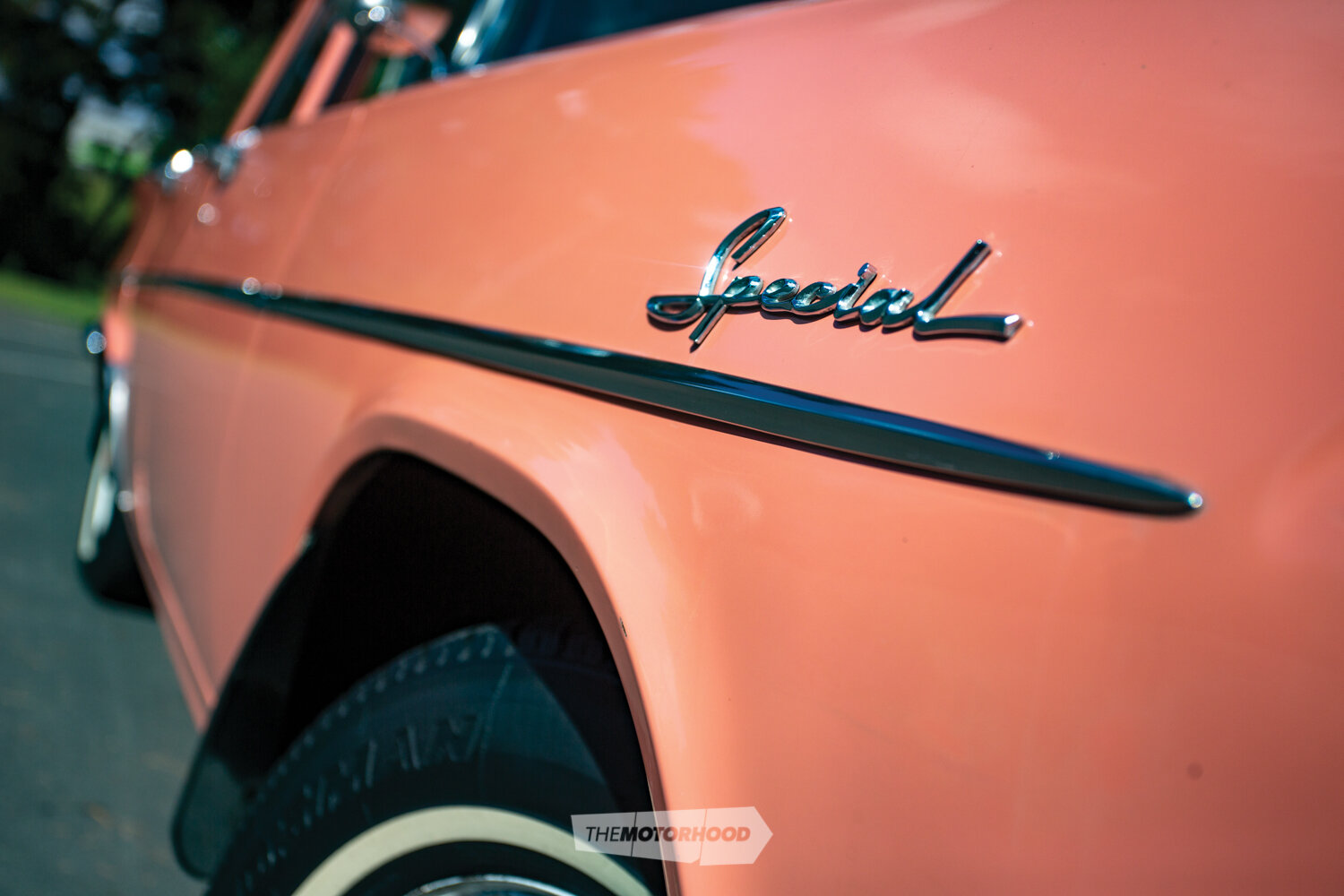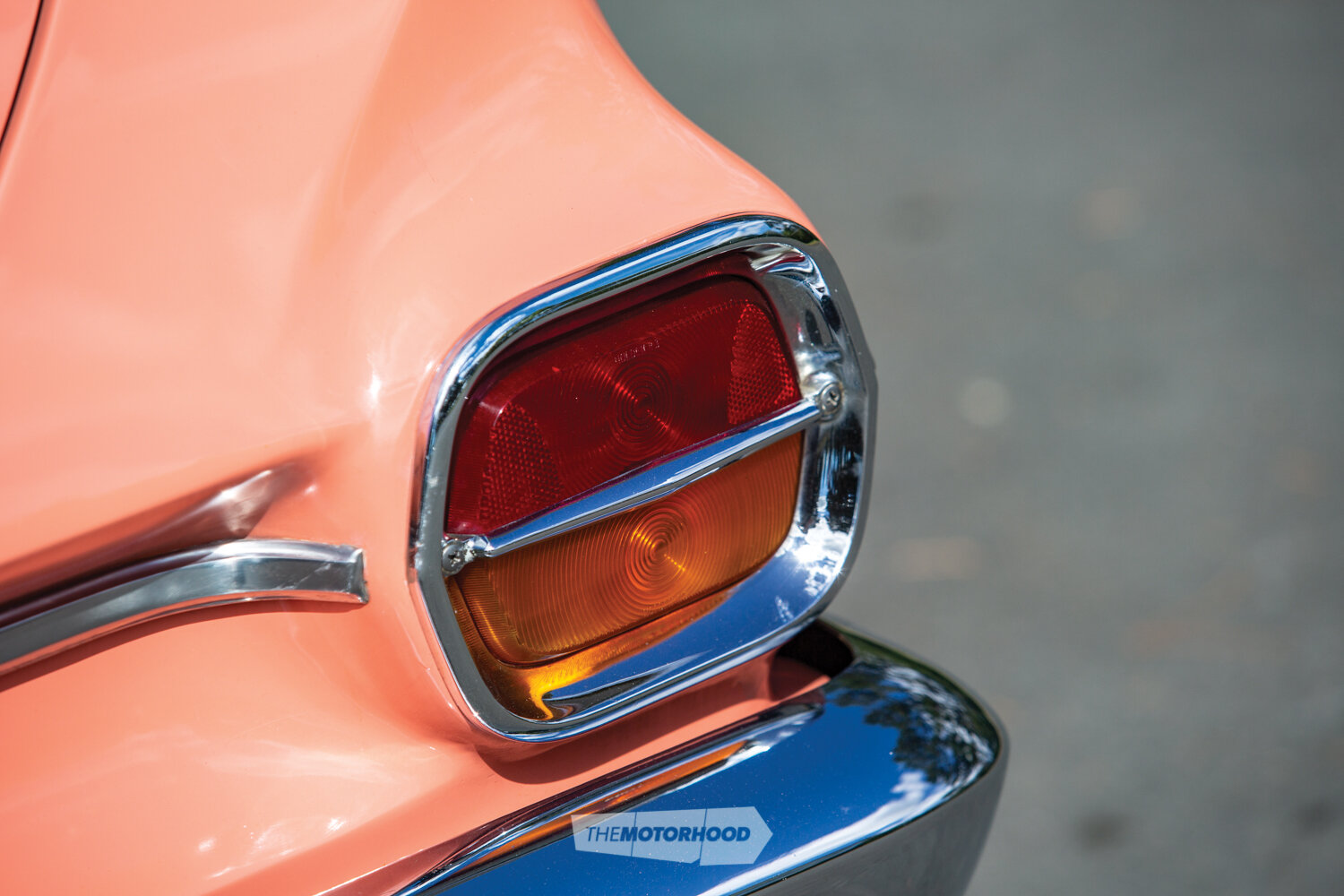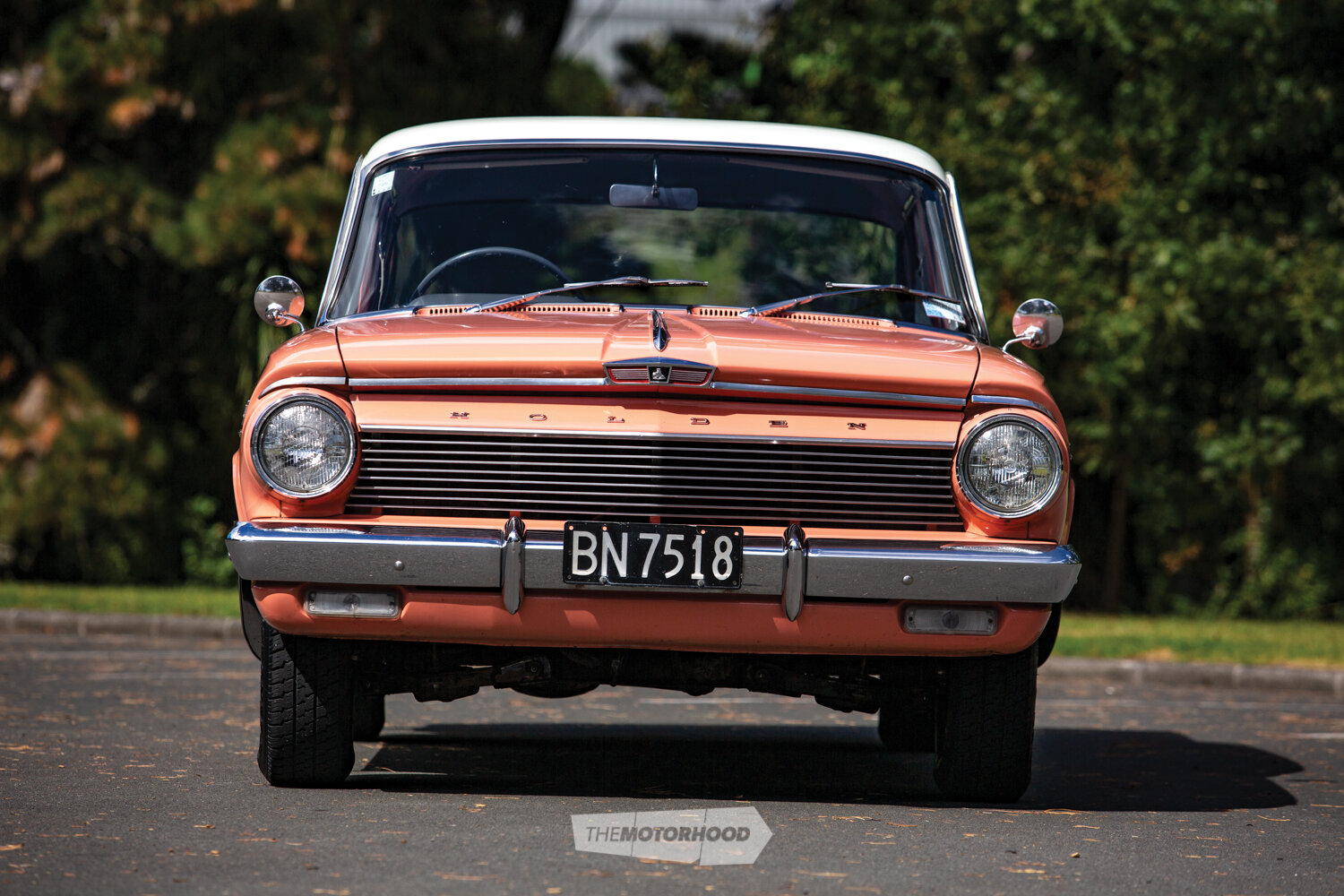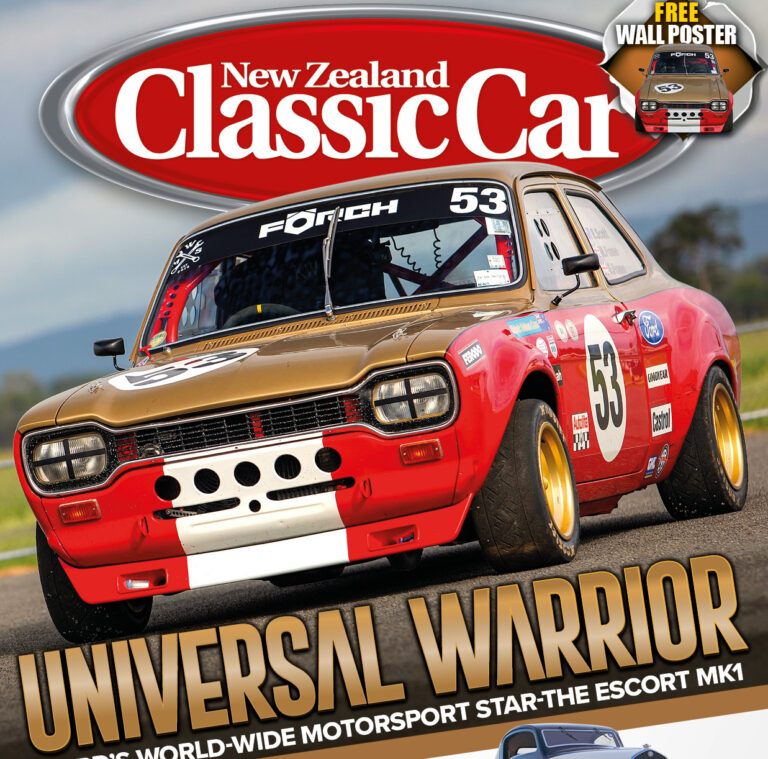I’m still standing! Among others, this survivor has had two careful lady owners, but it also spent several years waiting in the wings, all dressed up with no place to go
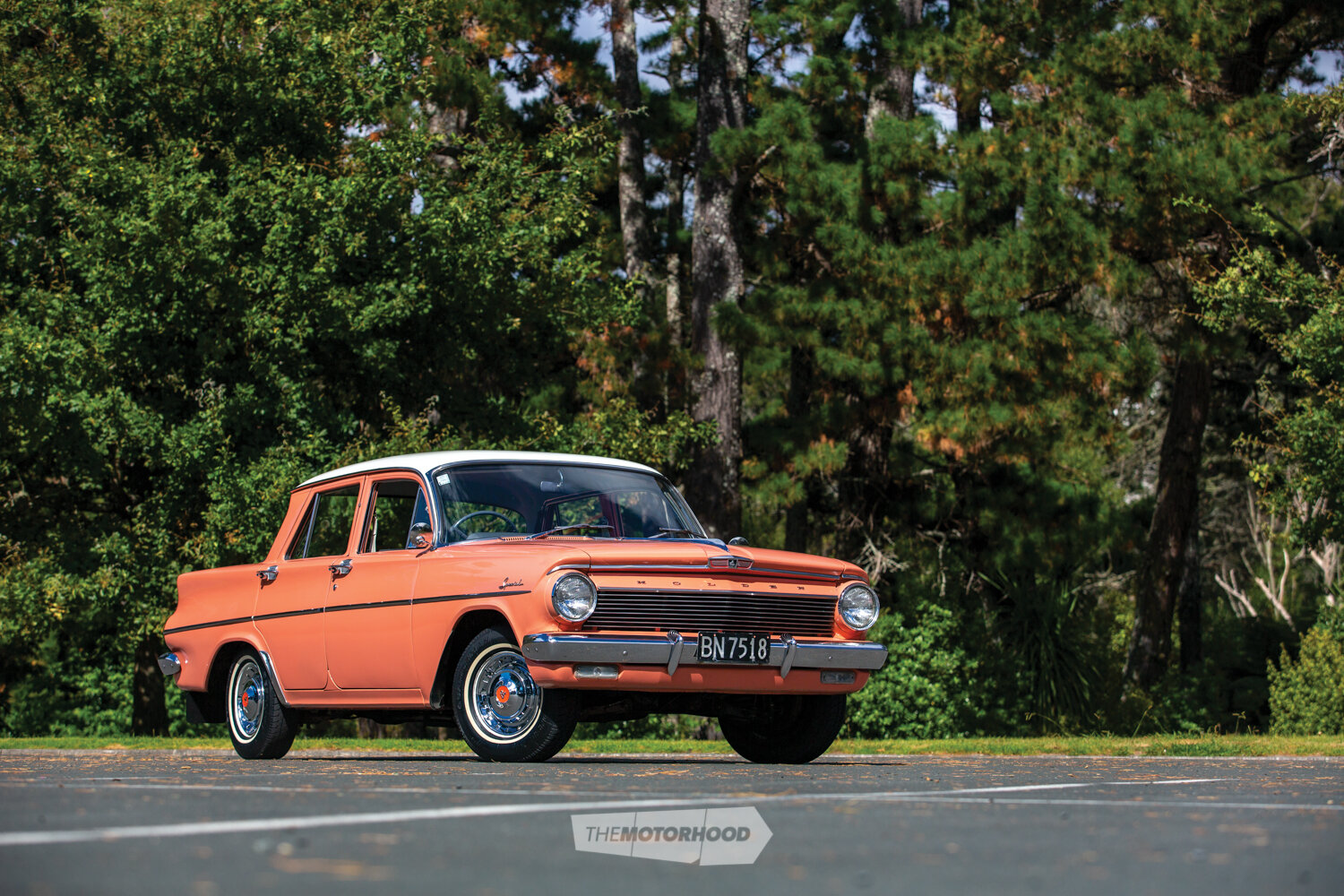
It was Chris Stephens who entered this 1962 EJ Holden in the Survivors category of February’s Intermarque Concours d’Elegance at the Ellerslie Classic Car Show, where it duly took first place, but actual ownership is a moot point. Chris says that he bought the car 15 years ago, nominally for his daughter Jen. He was looking for a Holden, and saw this one advertised. Even though it was clearly a collectable gem even then, it became Jen’s car, and she has put it to good use.
A former All Black was swiftly put right about Jen’s ownership a few years ago, after casually mentioning to her at a social event that he liked “Dad’s car”. But no matter — now that it has a Concours winner’s certificate and trophy with Dad’s name on it, this car is certainly staying in the family.
First place
Given Chris’ long ‘ownership’ and his membership of the Early Holden Club of Auckland, it’s a bit of a surprise that the car hasn’t been in competition before. However, the Survivors Class has only been around for about six years, and the club has entered and won previously with other cars. This year, Chris got the call.
The Holden earned its first place by amassing 791 points. Chris says that the car is so original that he didn’t do anything special to the Special in the way of preparation — “I just gave it an extra good clean.”
Now that’s he’s studied the score sheet at his leisure, he’s kicking himself a bit for that.
“I see that I probably lost points for the blue plug leads, which these didn’t have originally. I forgot about that. If I’d studied it [the rules] a bit harder, I could have got black ones,” he says.
Virtually the only other non-original part is a reproduction boot liner that Chris bought a few years ago. Unlike the vinyl-floored Aussies, New Zealand–assembled cars were fitted with carpet from the Petone factory. This car was built in Melbourne, but a previous owner had put carpet in the boot. Chris decided to take the boot back to standard. The vinyl seats are also original and, over the car’s 80,000-mile (128,744km) journey, just one seam had let go and had been skilfully repaired.
In Australia, only the Premier model got carpet, so there wasn’t much to distinguish the Special from the standard EJ model — just a trim strip down the sides and ‘Special’ badges. That’s no doubt why the first buyer also specified some ‘Nasco bling’ — dealer extras such as scratch plates under the door handles, door sills, and fancy wheel trims. The aftermarket wheel spats were removed by Chris for the show.

Coral-coloured eye candy
Its colour certainly makes this car stand out, so a few early risers might remember seeing it parked regularly either near the North Shore Rowing Club at Lake Pupuke, where Jen trained as part of the Carmel College team, or in the car park at Lake Karapiro.
“People are often incredulous that that’s its original colour,” says Chris.
Chris also has an EH Holden ute, which he has had restored in its original sage green. That vehicle also gets a lot of toots and waves and the thumbs up, but the EJ saloon’s knockout colour is real eye candy.
It’s startling and unusual, but somehow still looks right — which is partly explained by the fact that Hayman Coral was a standard colour in Australia but not in New Zealand. An authority in the Early Holden Club says just eight coral-coloured cars came across the Tasman.
Diverse ownership
Chris has the ownership papers and a photo of the car with its second owner. Back then, ordinary citizens had to wait until cars were a year old, when the original owners — the privileged few who had the ‘overseas funds’ needed to buy a car — were allowed to sell them, at a handsome profit. He has yet to visit the house in Hamilton in the picture, so there’s a photo opportunity waiting in three years’ time — 60 years after the original photo was taken.
The car covered 56,000 miles (90,121km) over 23 years. The next two owners kept it for six and three years, respectively, but added just 3000 miles (4828km). Then it was bought by someone who owned a stock of film props from different periods, so, once again, it sat around just looking the part. It was then owned by a former president of the Early Holden Club, who sold it to Chris 15 years ago.
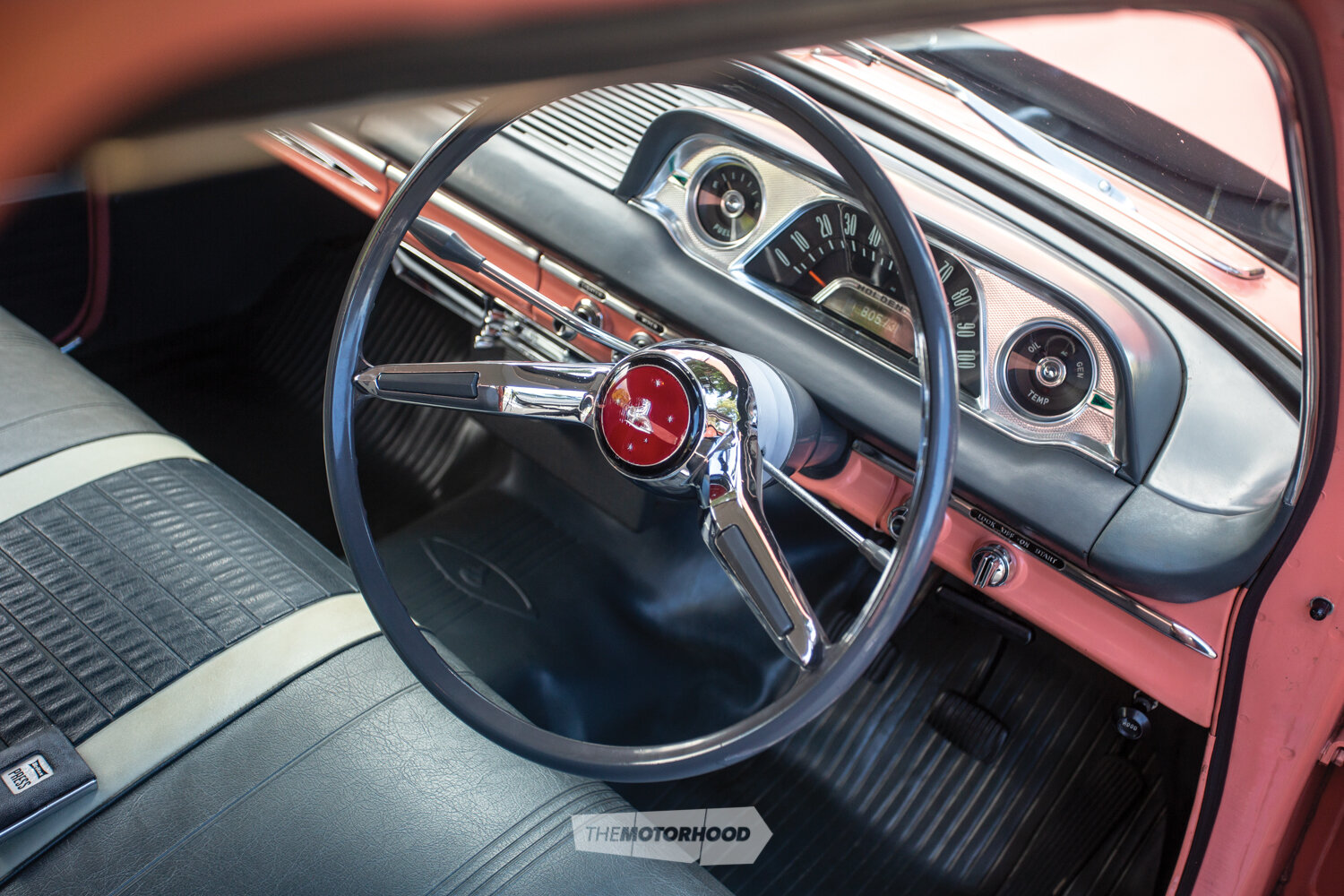
A charming motor
Chris’ ute came out with a 149-cubic-inch (2442cc) red motor, supposedly an upgrade on the last of a long line of grey motors like the 138-cubic-inch (2261cc) in his sedan, but Chris thinks they are pretty much the same. He says that the older motor, which was gradually refined throughout its long production run, is “really charming. It just chugs along, really tractor-like, and you can start it easily in second”.
The EJ was jumping out of top gear and the clutch shuddered, so Chris got the gearbox out on the bench. He fitted a new clutch plate and had the flywheel skimmed. He also managed to find a set of ‘rocking-horse-poo’ synchro rings for the three-speed box, although there’s no synchro in first. He’s very pleased that he’s found another couple of sets since, one of which will go in the EH.
Chris has also fitted new bushes and tightened up the linkages, so the change is now solid. Even so, double-declutching with a column change doesn’t guarantee success, so, if you don’t come to a complete stop, Chris says that it’s often easier just to leave it in second.
The car’s brakes also came in for attention. Chris was relieved to discover that no one had been tempted to replace the drum brakes with later model discs, apparently a common upgrade. He replaced worn wheel cylinders and has just replaced the master cylinder, but he likes the feel of the drum brakes and finds they work well.
“It’s a car I haven’t had to spend much money on at all. We’ve only done 5000 or 6000 miles (8047km/9656km) in it, but it still gets around. It’s got a mechanical fuel pump, so you have to give it a fair crank when not used or give it a couple of pumps on the accelerator, a bit of choke, and [then] bang, she starts.”
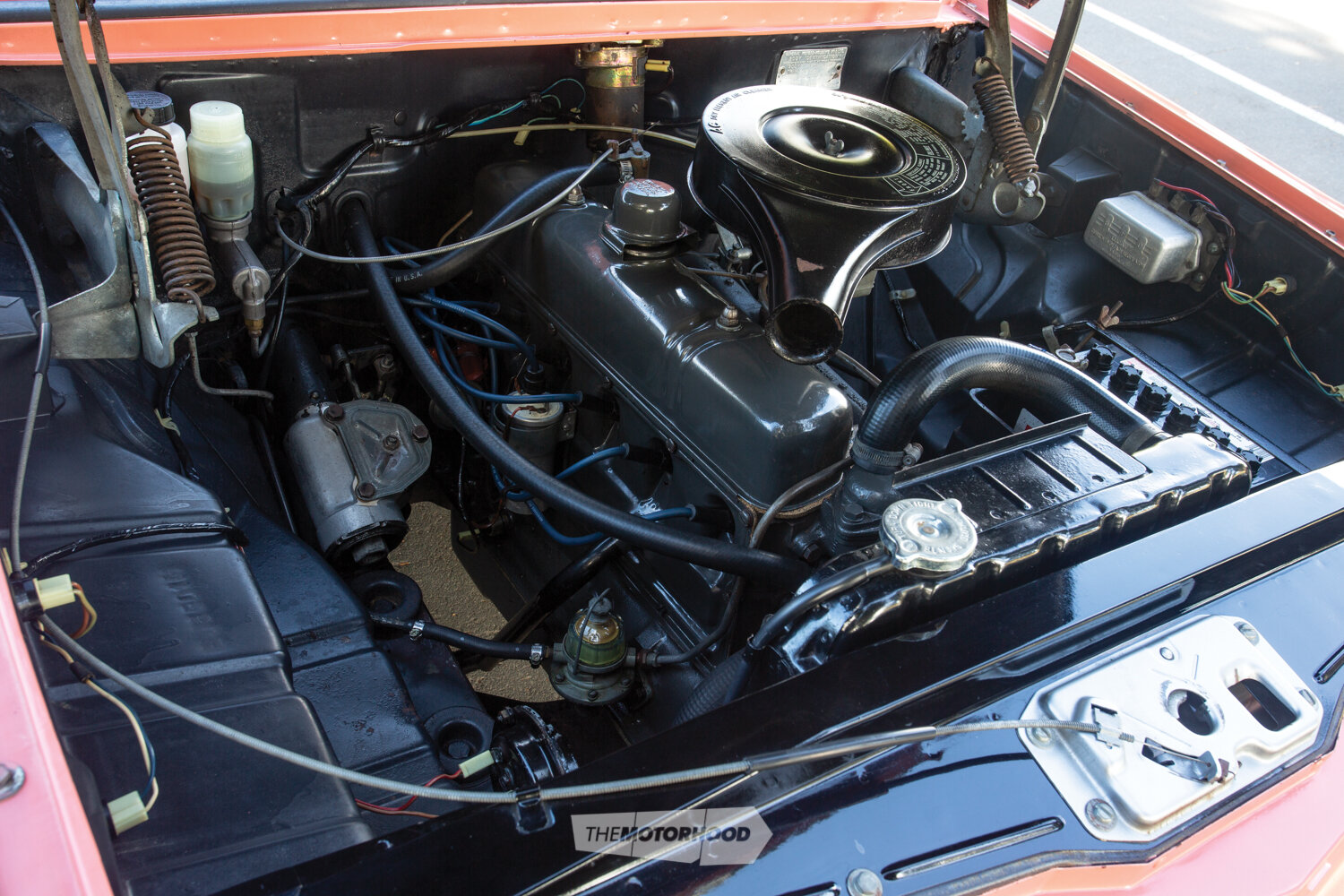
Collectables
As he has two cars in this body style, it’s no surprise that Chris likes the looks of the EJs and EHs — he prefers them to the earlier FC in which he learned to drive. He likes the fact that the EJ retains some ’50s American General Motors (GM) styling in the vestigial fins, and considers that the monobrow, which forms an extra deck on the bonnet, gives the car more character than some of the models that followed.
Chris has a few other interesting cars in his collection. Now that his sons are in their 30s, he’s looking at those that were great cars in their youth, such as a twin-cam Toyota Levin, a low-volume Japanese-market homologation special for the World Rally Championship, and a Datsun 240Z. He’s also just bought a very tidy 1992 RX-7.
“It hasn’t been dicked around with. My taste is for original,” Chris reiterates.
People have told him that it seems a bit out of his target zone, but to Chris it’s simply another example of something special, that people will appreciate more in the future.
